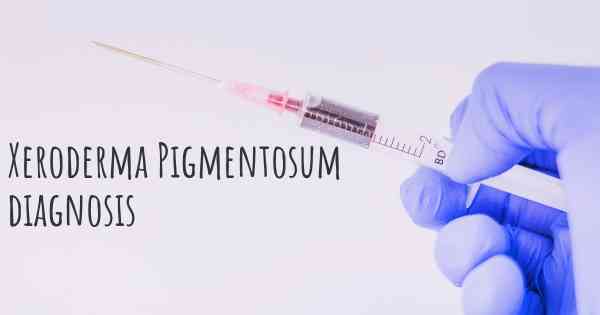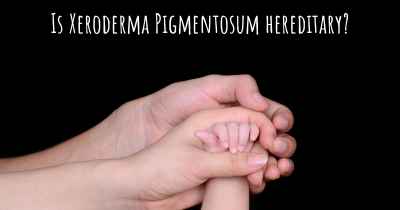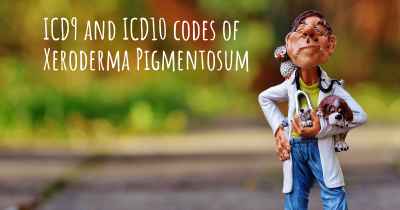How is Xeroderma Pigmentosum diagnosed?
See how Xeroderma Pigmentosum is diagnosed. Which specialists are essential to meet, what tests are needed and other useful information for the diagnosis of Xeroderma Pigmentosum

Xeroderma Pigmentosum (XP) is a rare genetic disorder characterized by extreme sensitivity to ultraviolet (UV) rays from sunlight and other sources such as fluorescent lighting. It is caused by mutations in genes involved in the repair of damaged DNA, leading to a reduced ability to repair UV-induced DNA damage. This condition affects both males and females and is usually evident in early childhood.
Diagnosing Xeroderma Pigmentosum
Diagnosing Xeroderma Pigmentosum typically involves a combination of clinical evaluation, family history assessment, and laboratory tests. The process may vary depending on the specific symptoms and the suspected presence of the disorder. Here are the key steps involved in diagnosing Xeroderma Pigmentosum:
1. Clinical Evaluation:
The first step in diagnosing Xeroderma Pigmentosum is a thorough clinical evaluation by a healthcare professional. The doctor will examine the patient's skin, eyes, and other relevant areas to look for characteristic signs and symptoms of the disorder. These may include:
- Severe sunburn after minimal sun exposure
- Freckle-like spots on sun-exposed areas of the skin
- Development of dry, rough, and thickened skin
- Pigment changes, such as darkening or lightening of the skin
- Eye abnormalities, such as photophobia (sensitivity to light), conjunctivitis, or corneal ulcers
- Neurological symptoms, including developmental delays, intellectual disability, or hearing loss
2. Family History Assessment:
Since Xeroderma Pigmentosum is an inherited disorder, it is important to assess the patient's family history. The doctor will inquire about any known cases of XP in the family, as well as any history of consanguinity (blood-related marriages) which increases the risk of inheriting the disorder. A positive family history can provide valuable clues for diagnosis.
3. Laboratory Tests:
Several laboratory tests can aid in confirming the diagnosis of Xeroderma Pigmentosum:
- DNA Repair Assay: This test measures the ability of the patient's cells to repair UV-induced DNA damage. Skin cells or blood cells are exposed to UV radiation, and the subsequent repair process is assessed. Individuals with XP typically show impaired DNA repair compared to individuals without the disorder.
- Genetic Testing: Genetic testing involves analyzing the patient's DNA for mutations in the genes associated with Xeroderma Pigmentosum. This can be done through various techniques, such as targeted gene sequencing or whole-exome sequencing. Identifying specific mutations can help confirm the diagnosis and determine the subtype of XP.
- Eye Examination: Ophthalmologic evaluation is crucial in diagnosing XP, as eye abnormalities are common in affected individuals. The doctor may perform tests such as visual acuity assessment, slit-lamp examination, or measurement of corneal sensitivity to evaluate the extent of eye involvement.
- Biopsy: In some cases, a skin biopsy may be performed to examine the skin cells under a microscope. This can reveal characteristic changes in the skin cells that are indicative of Xeroderma Pigmentosum.
4. Differential Diagnosis:
It is important to differentiate Xeroderma Pigmentosum from other conditions that may present with similar symptoms. Some of these conditions include other genetic disorders affecting DNA repair, photosensitivity disorders, or certain types of skin cancer. The doctor may consider the patient's clinical presentation, family history, and the results of laboratory tests to rule out other potential diagnoses.
Conclusion:
Diagnosing Xeroderma Pigmentosum involves a comprehensive approach that combines clinical evaluation, family history assessment, and laboratory tests. The identification of characteristic signs and symptoms, along with impaired DNA repair and the presence of specific gene mutations, helps confirm the diagnosis. Early diagnosis is crucial for implementing appropriate management strategies and minimizing the harmful effects of UV radiation on individuals with Xeroderma Pigmentosum.
Posted Jul 26, 2017 by Debbie law 1100








